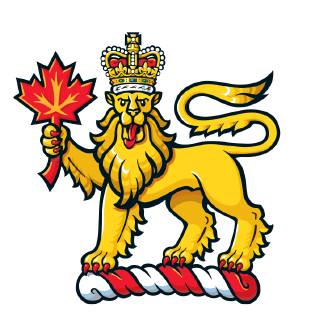This content is archived.
Rideau Hall, Tuesday, March 1st, 2016
Thank you all for being here today—and a special thanks to our young people who are helping to imagine a better Canada.
I often call Rideau Hall “the home of the people of Canada,” and I’d also like to point out that it’s located on the traditional territory of the Algonquin nation.
So I think this is a very fitting place to think about the future of this country—and that means thinking about reconciliation.
Almost seven years ago, in this very room, we launched the Truth and Reconciliation Commission, and less than a year ago, we were here for the closing ceremony.
The whole purpose of Rideau Hall is to bring different people together and to find common ground.
This ballroom is a good example. I know we have some talented artists here today, and I’d like you to take a close look at the artwork.
On one wall, we have a portrait of Her Majesty The Queen, who represents the Canadian Crown.
And on the opposite wall are a number of paintings by First Nations artists Carl Beam, George Clutesi, Alex Janvier and Daphne Odjig.
Notice how these artworks face each other.
Do you know why they face each other?
It’s because they symbolize the importance of talking to each other, just like we’re doing today.
Canada is a very diverse country, and hundreds of years ago, the very first conversation between indigenous and non-indigenous peoples took place.
Today, we continue that conversation. Talking, and listening, and sharing, and dreaming together—that’s how we’ll heal, and that’s how we’ll move towards reconciliation.
Question: do any of you like poetry?
I love poetry! And I’d like to read a short poem now. It’s by Rita Joe, who was a Mi’kmaw elder and poet, and if I understand well, it’s about the importance of talking, and listening, and sharing, and dreaming together.
It’s called I Lost My Talk, and it goes like this:
I lost my talk
The talk you took away
When I was a little girl
At Shubenacadie school.
You snatched it away:
I speak like you
I think like you
I create like you
The scrambled ballad, about my word.
Two ways I talk
Both ways I say
Your way is more powerful.
So gently I offer my hand and ask,
Let me find my talk
So I can teach you about me.
I think Rita Joe would be proud to see all of you here today, gently talking and teaching us.
Now, I’d like to ask all of you another question, and I want you to raise your hands so we can all learn the answer.
How many of you are teachers? Raise your hands, please!
And how many of you are students?
Now, one more request:
I’d like all of you to raise your hands— everyone in the room, please! I will, too!
Thank you.
Why am I asking all of you to raise your hands?
Because I believe we’re all students, and we’re all teachers, all of our lives.
I’ve been a teacher or administrator in universities my entire working life, and yet I’m still a student. I learn every day.
As an honorary witness to the Truth and Reconciliation Commission, I’ve learned about the suffering that took place because of residential schools.
And I’ve learned how many people are on difficult healing journeys as a result.
Some of those Survivors are with us today, and I want to thank them for their courage and their generosity in talking with us.
What does reconciliation look like?
That’s the question all of you are helping us answer today—and by doing so, you’re helping us imagine a better Canada.
We have so much to talk about and learn together. Thank you for being here and for being part of this initiative.
When I look around this room, I begin to imagine what reconciliation looks like.
And I begin to re-imagine Canada.
Meegwetch. (Thank you)
